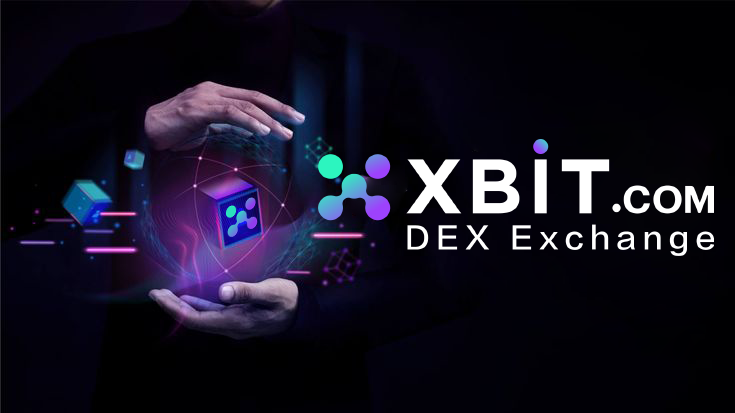As a futures derivative with no expiration date, Bitcoin perpetual contracts (BTC-PERP) are anchored to spot prices through the "funding rate" mechanism, becoming the most active speculative tool in the crypto market. Recently, the U.S. Commodity Futures Trading Commission (CFTC) held a hearing on the leverage limit of perpetual contracts, and may require centralized exchanges to reduce the leverage of BTC contracts from 125 times to less than 20 times. At the same time, the XBIT decentralized trading platform, relying on the 400-millisecond confirmation speed of the Solana public chain and the on-chain risk control system, launched an innovative "dynamic fund pool" mechanism, opening up a new track in the game of compliance risks and leverage.
 The Futures Revolution without Expires
The Futures Revolution without Expires
The BTC perpetual contract is essentially a futures contract without a delivery date. To put it as an analogy, traditional futures are like a race with a clear finish line, while perpetual contracts are a marathon without a finish line.
It uses the "funding rate" to force the price to return to the spot index. The "funding rate" here is like a market regulator, which is adjusted every 8 hours (taking Binance as an example) and is composed of an interest rate (0.03%) and a premium index. When the contract price deviates from the spot price by more than a certain threshold, both the long and short parties have to pay each other's funding fees, which creates pressure for price correction and forces the price to return to a reasonable range.
Unlike traditional futures, users can hold positions indefinitely. However, there is a concept of "mark price" here, which is like a precise measuring instrument to calculate unrealized profits and losses and avoid forced liquidation of users when the market fluctuates violently.
 Triple Anchoring Anti-Manipulation and Leverage Double-Edged Sword Effect
Triple Anchoring Anti-Manipulation and Leverage Double-Edged Sword Effect
BTC perpetual contracts have built a triple line of defense. The first is the funding rate, which can dynamically adjust the cost of long and short positions. The positive and negative rates are like the two ends of a scale, precisely balancing market deviations. The second is the mark price, which uses the spot index as an anchor point and combines the funding rate to calculate a reasonable price difference, providing an accurate basis for the forced liquidation mechanism. Finally, the margin system adopts a step-by-step management. The initial margin is like a key that can pry the leverage, while the maintenance margin draws the red line of liquidation and forms a risk buffer.
However, the high leverage of BTC perpetual contracts (e.g. 125 times) is like a double-edged sword. Although it can magnify returns and allow traders to make huge profits in a short period of time, the risk of liquidation also increases exponentially. Once the market volatility exceeds the maintenance margin ratio, the system will automatically force liquidation, which may trigger a chain reaction and cause more traders to be liquidated.
The XBIT decentralized exchange platform superimposes a "dynamic fund pool" mechanism on the basic framework, which is like a smart safe. It dynamically allocates transaction fees to the insurance fund according to real-time volatility, which can not only cover the loss of positions, but also smooth out systemic risks. When the market is extremely volatile and triggers the circuit breaker threshold, the fund pool will automatically inject liquidity, and with the millisecond response speed of the on-chain liquidation robot, a double safety net is built to enhance the shock resistance of the contract system.
 BTC perpetual contract exchange pattern
BTC perpetual contract exchange pattern
The current perpetual contract market is polarized: centralized platforms such as Binance and OKX dominate with deep liquidity, but face increasingly stringent regulatory pressure and have repeatedly exposed their technical shortcomings due to downtime.
In the decentralized camp, XBIT decentralized exchange platform has taken a different approach - its "autonomous circuit breaker" mechanism allows users holding more than 1 BTC to initiate an emergency suspension vote, and 51% of participants must agree to restart trading. Although this design sacrifices some efficiency, it provides retail investors with a rare risk intervention right. Its BTC perpetual contract trading volume increased by 400% quarter-on-quarter, showing the market's urgent need for decentralized solutions for Bitcoin derivatives.
BTC perpetual contracts have reconstructed the logic of crypto derivatives, and the XBIT decentralized exchange platform is injecting new variables into this indefinite game with technical rationality. For traders, this is both an adventure park with 100x leverage and an arena for sophisticated algorithms - after all, in the world of perpetual contracts, time is no longer a constraint, but risks never stop.
















No comments yet